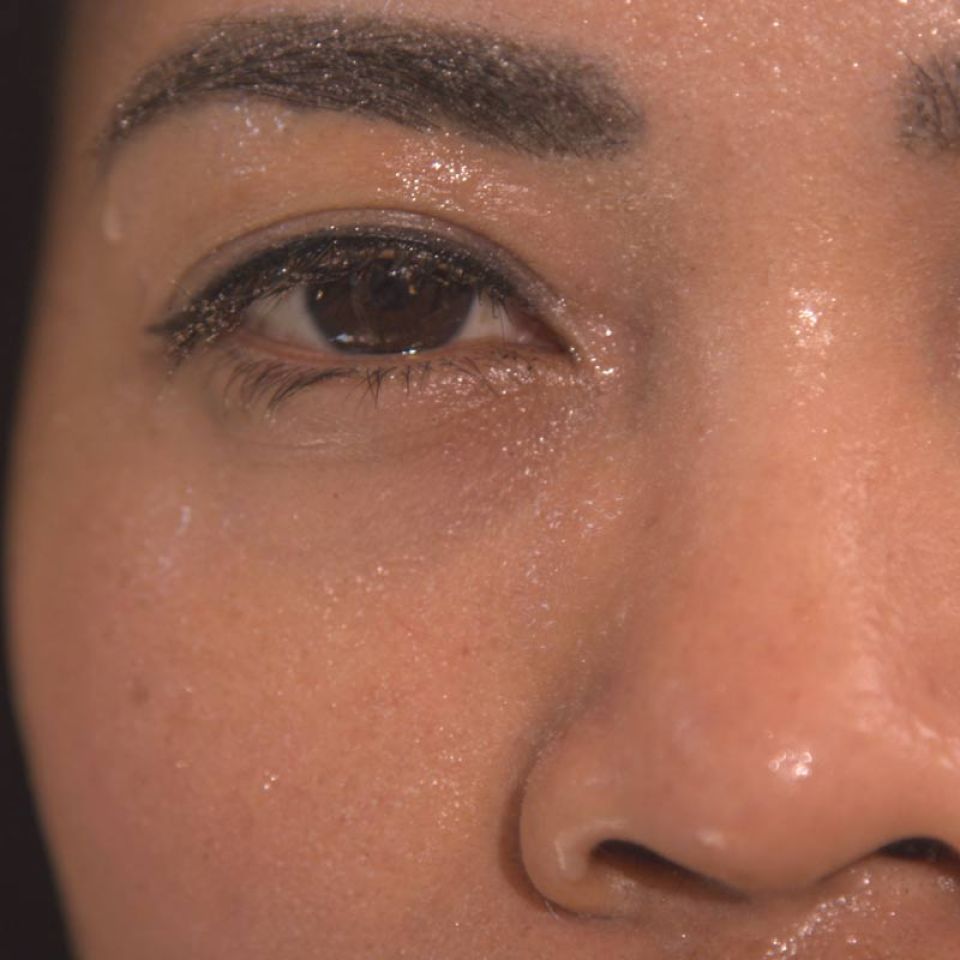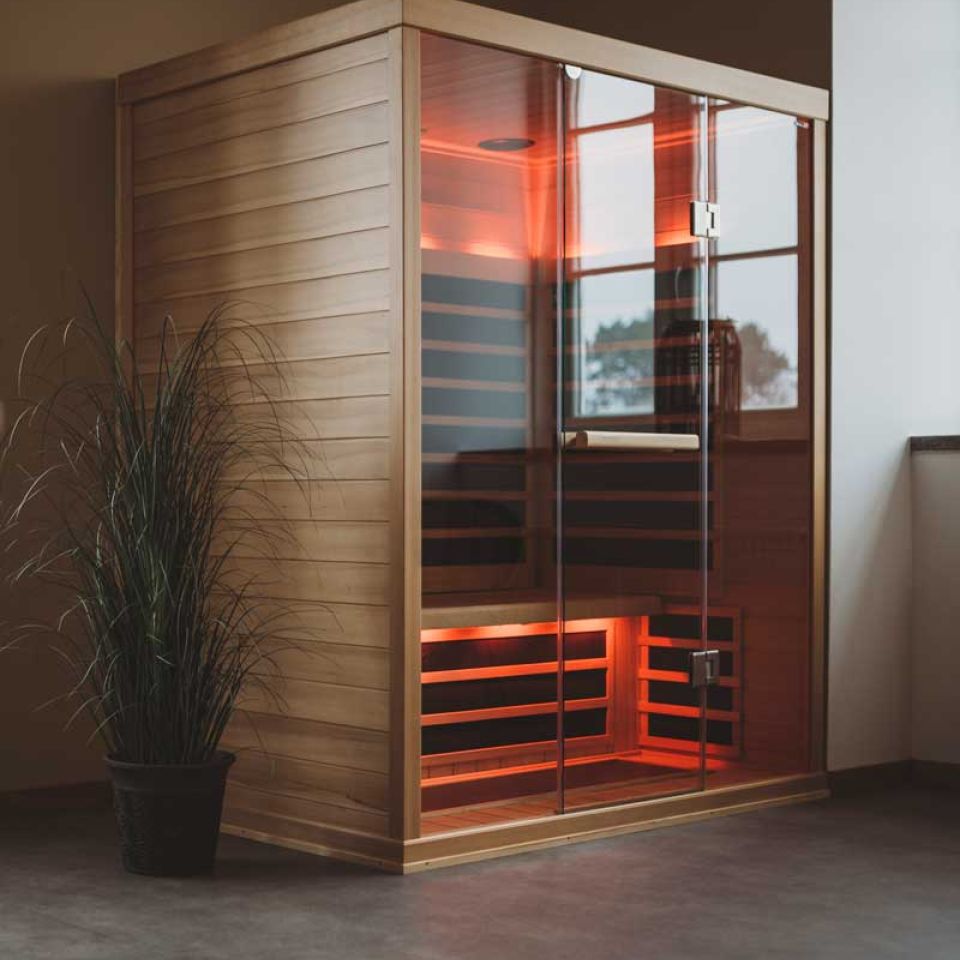Understanding Contrast Therapy: A Beginner's Guide

The Science Behind Contrast Therapy
The fundamental principle of contrast therapy is to induce vasoconstriction and vasodilation in the blood vessels. When exposed to cold water, blood vessels constrict, reducing blood flow and swelling in the affected area. Conversely, hot water causes blood vessels to dilate, which increases blood flow and helps to relax tight muscles.
A typical contrast therapy session involves immersing the body or a specific body part in hot water for several minutes, followed by a brief immersion in cold water. This cycle is usually repeated several times. The rapid change in temperature is thought to create a pumping effect in the blood vessels, improving circulation and accelerating the body's natural healing processes.
Benefits of Contrast Therapy
Reduced Muscle Soreness
Contrast therapy is often used by athletes to manage post-exercise muscle soreness. Alternating hot and cold water immersion can help reduce delayed onset muscle soreness (DOMS) by improving circulation and removing metabolic waste products from the muscles. (source)
Enhanced Recovery
By stimulating blood flow and reducing muscle stiffness, contrast therapy can enhance recovery times. The increased circulation helps deliver nutrients and oxygen to the muscles, promoting quicker repair and reducing recovery time after intense physical activity.
Reduced Inflammation
Cold water immersion is known for its anti-inflammatory effects. It can help reduce swelling and inflammation in injured or overworked areas. The heat component of contrast therapy further helps by relaxing muscles and easing tension.
Improved Circulation
The alternating hot and cold treatments encourage better blood flow throughout the body. Improved circulation aids in the delivery of oxygen and nutrients to tissues, which is essential for overall health and healing.
How to Perform Contrast Therapy
To effectively perform contrast therapy, follow these simple steps:
- Prepare Two Tubs: Ideally a hot tub and an ice bath, but you can do this with just two containers as long as the temperature are right and they are big enough to accommodate you. The hot water should be around 37-40°C and the cold water should be around 10-15°C .
- Immerse in Hot Water: Start by immersing the area you wish to treat in the hot water for about 3-4 minutes.
- Switch to Cold Water: Immediately move to the cold water and immerse for 1-2 minutes.
- Repeat the Cycle: Alternate between hot and cold water for 15-20 minutes, ending with a cold water immersion if the goal is to reduce inflammation.
- Dry and Rest: After the session, dry yourself and rest to allow your body to recover from the treatment.
Considerations and Precautions
While contrast therapy offers numerous benefits, it is important to use it correctly and safely. Individuals with certain medical conditions, such as cardiovascular issues or extreme sensitivity to temperature changes, should consult a healthcare professional before beginning contrast therapy. Always monitor your body's response to ensure the treatment is beneficial and not causing any adverse effects.


